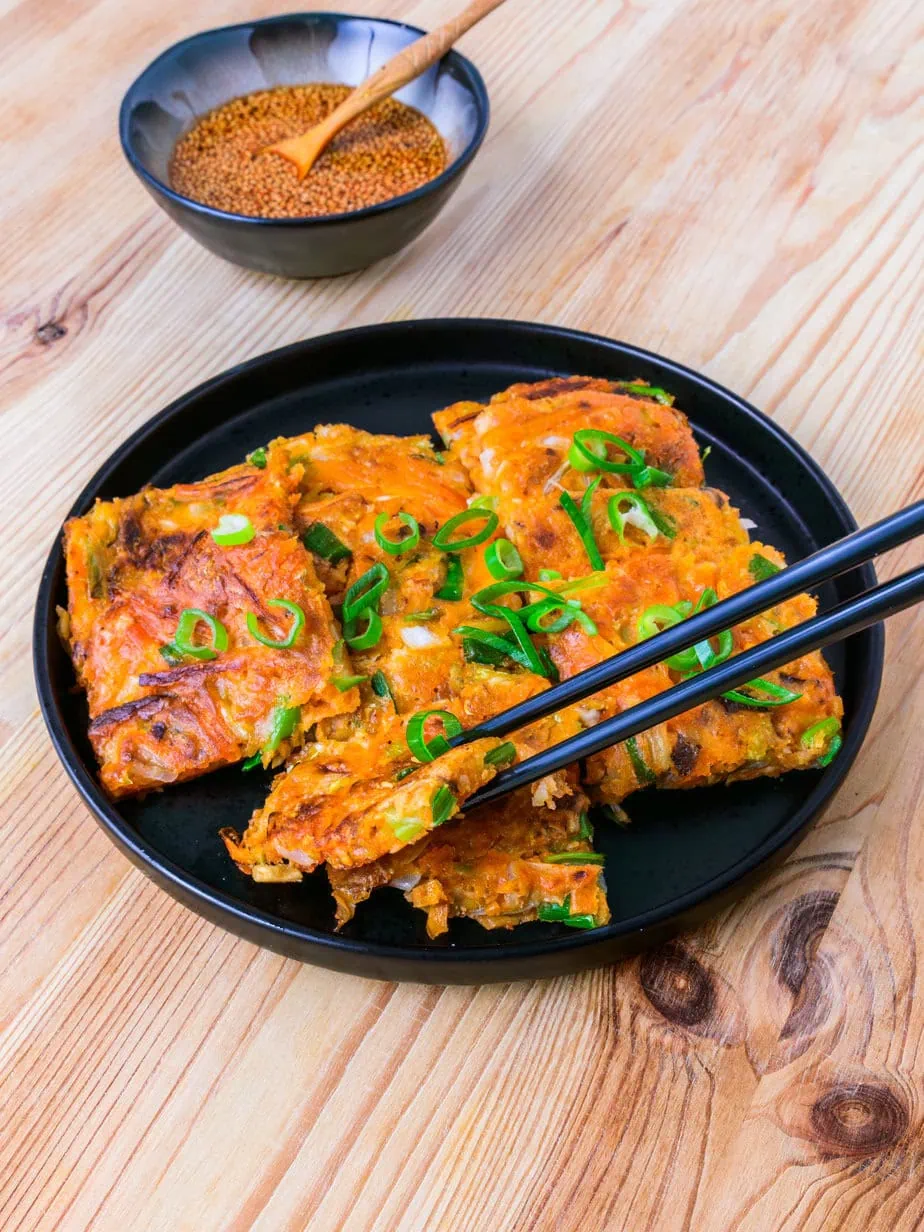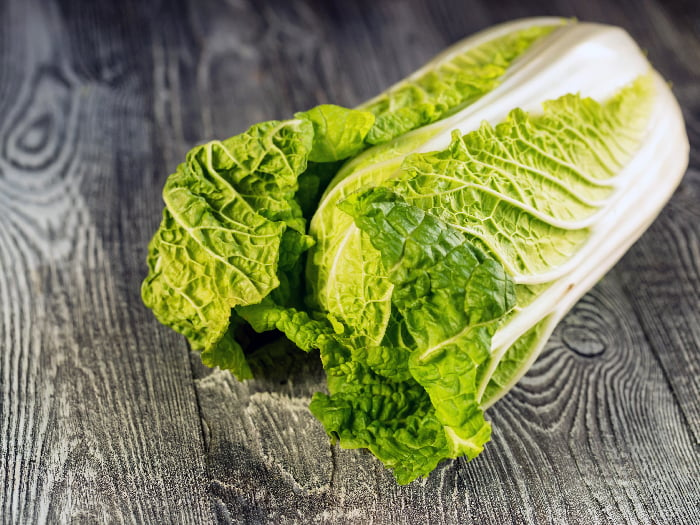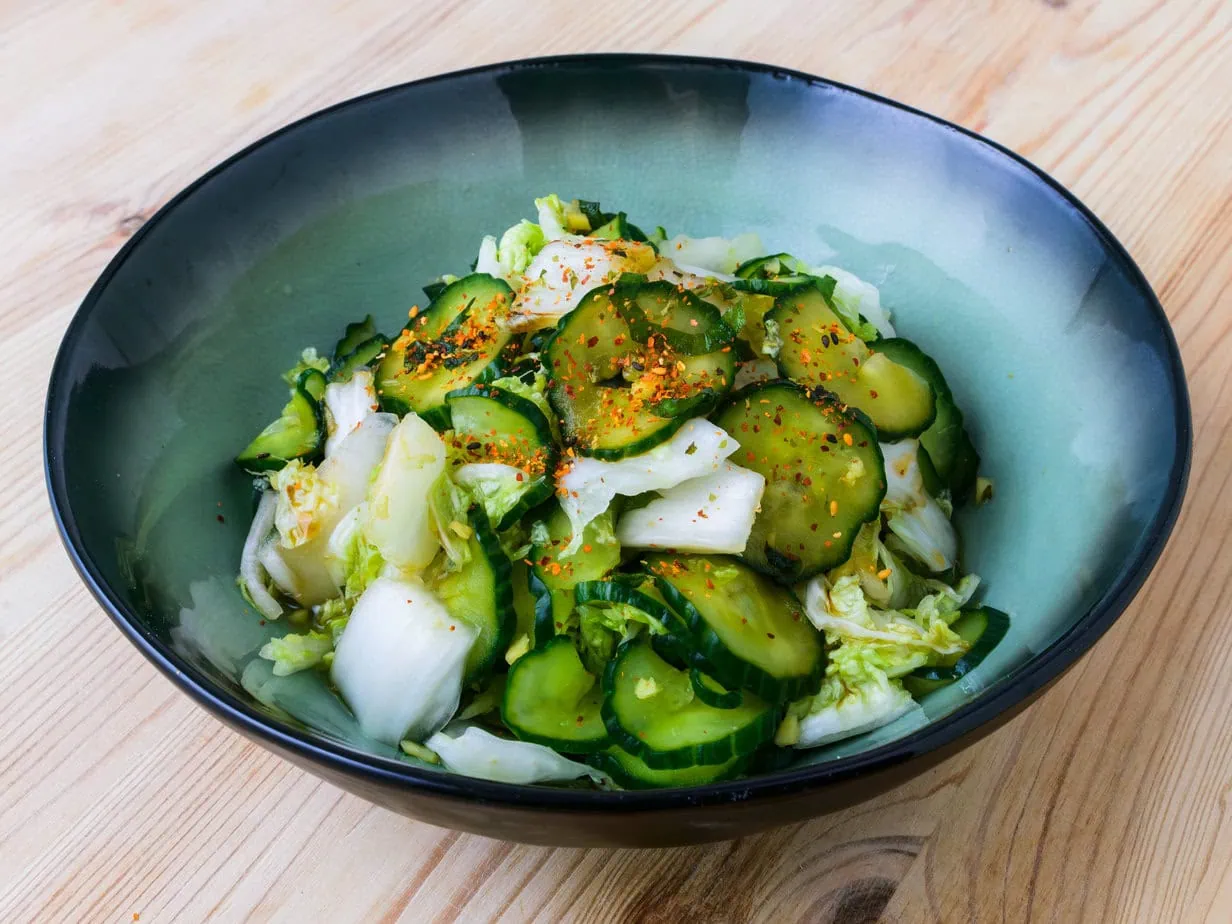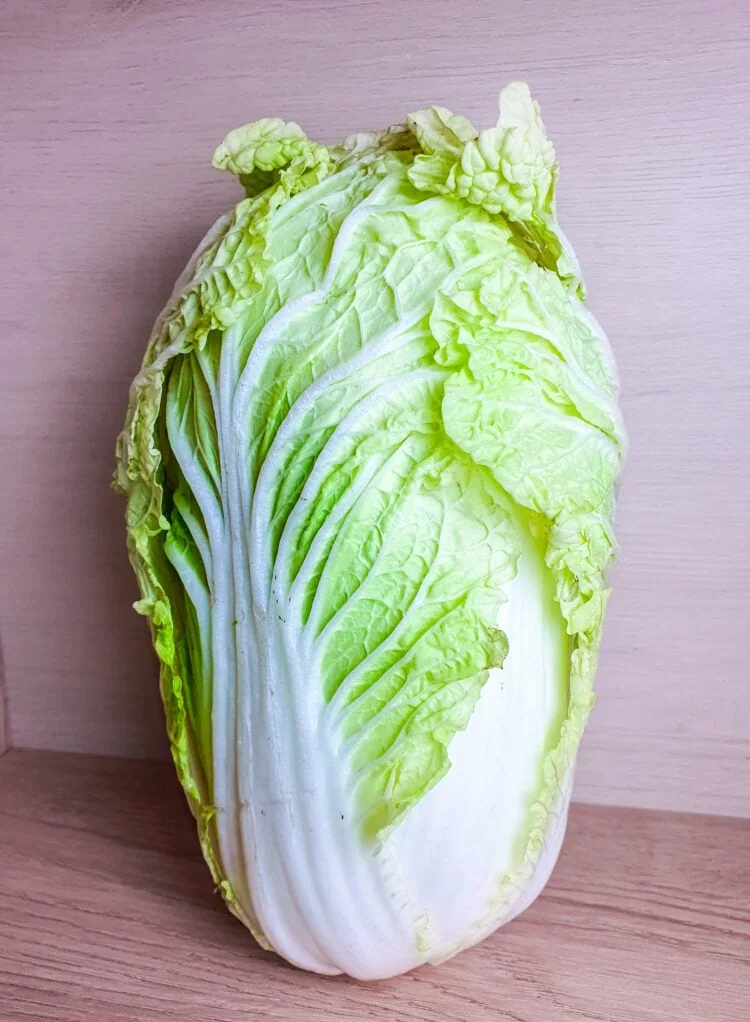Whenever people think of kimchi, they think of the famous napa or Chinese cabbage. This large, oval-shaped cabbage is an extremely important element of Korean and Chinese cuisine…and Asian cuisine in general, and not just because it’s the main ingredient in kimchi. So, let’s now dive into the history and uses of Chinese cabbage.
Origin of Chinese Cabbage
This type of cabbage originated in China near the Beijing region and spread throughout East Asia. Although most of us in the West call it “Chinese cabbage”, in Korea, it’s generally called baechu (배추).

Napa cabbage, or baechu, doesn’t look like a typical cabbage. It has an oblong shape and green leaves with tall white stems. We don’t really know where this shape comes from, but scientists say the cabbage was probably created by natural hybridization between a turnip and bok choy (which is also used just as frequently in Asian cuisine).
How to Choose Your Chinese Cabbage?
The flavor of Chinese cabbage is milder than that of Western green cabbage and its leaves are much crunchier. At the end of autumn, you’ll probably see napa cabbage everywhere in Asian grocery stores around you. That’s because late autumn and early winter are the prime times for kimchi.
And without napa cabbage, it’s a tad difficult to make kimchi.
If you want to make kimchi this year, here’s what to look for in your Chinese cabbage:
A high-quality napa cabbage will be green and leafy, but not completely white and should have no defects.

Additionally, the leaves shouldn’t be too thin, as this would mean the cabbage contains too much water and could make your kimchi much too watery. When you buy the cabbage, wrap it in newspaper, put it in a plastic bag, and store it in the refrigerator for up to 10 days. (My record is three weeks, they really keep well)
How to Use Chinese Cabbage?
Napa cabbage is not only used in the kimchi-making process but can be used in many other dishes. You can make cabbage jeon (pancake) or add it to a beef bone hangover soup or stir-fry dishes like yasai itame or simply stir-fried Chinese cabbage.
This means that when you add salt to the salad, it will release all that water. It can be used in a tsukemono to make a Japanese cabbage salad

It’s also important to rinse napa cabbage well before cooking, as it has many layers that can contain a lot of dirt.
Many Koreans salt their cabbage before washing and using it, as this removes some of the excess moisture. This helps napa cabbage retain its crunchiness despite all the sauces added during the kimchi-making process.
Cabbage is an underrated vegetable that many take for granted. If you’re not a fan of traditional Western cabbage, try using Chinese cabbage instead.
It’s really like night and day. It’s the perfect cabbage for many types of dishes and gives a sweet taste and a divine crunchy texture. There’s a good reason why it has remained so important in Korean, Chinese, and Asian cuisine in general for all this time, so give it a try! I guarantee you won’t be disappointed.
Calories in Chinese Cabbage
Chinese cabbage is very low in calories. In fact, for 100g, it contains only 12 calories. source

